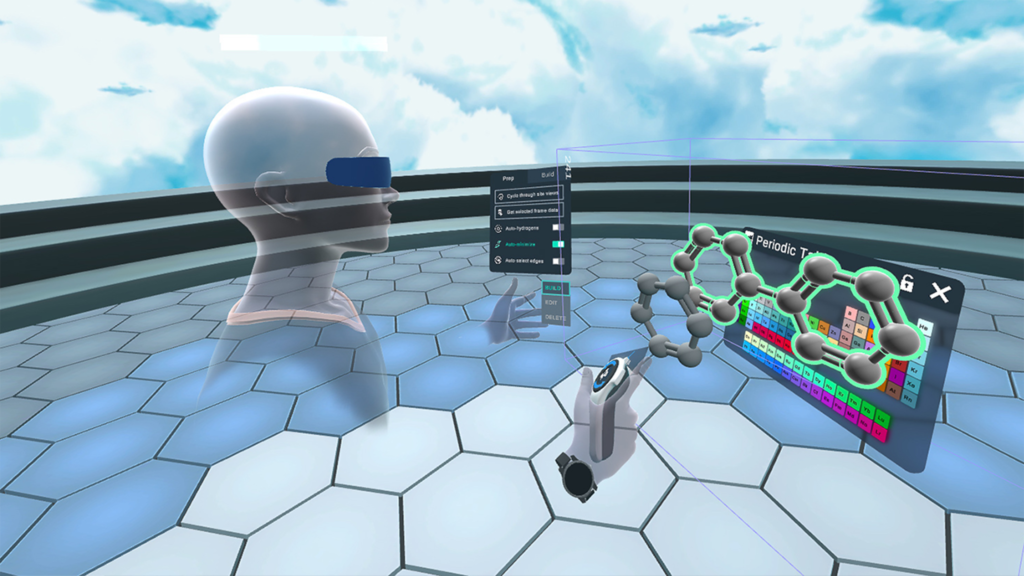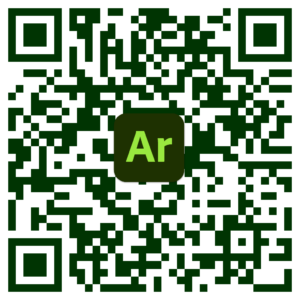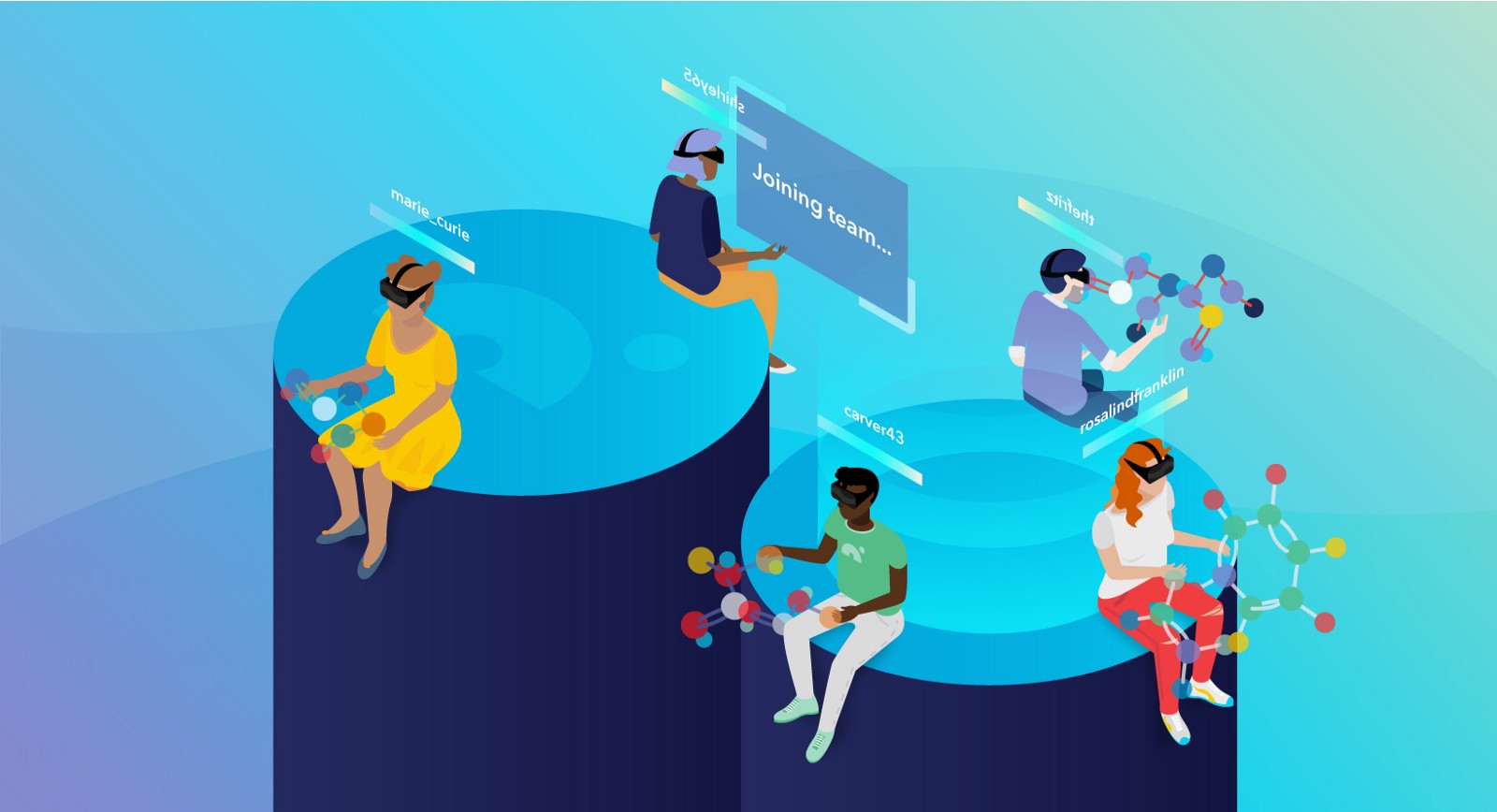As Apple releases their launch date for their first spatial computer, the Apple Vision Pro, virtual reality is about to take another step into the mainstream. From the humble beginnings of stereoscopic pictures, Palmer Luckey’s rebirth of virtual reality in 2012 and the pandemic boom of head mounted displays, is education ready to join the party?
We’re not at the stage of Ernest Clines’ Oasis (Ready Player One), providing education through a portal into a metaverse environment, and nor is virtual reality a silver bullet to tackle all teaching pedagogy or andragogy principles and concepts. However, there are components when augmenting reality can prove beneficial; mainly around bringing about understanding into abstract or complex concepts, saving time, cost or reducing risk.
VR and AR are brilliantly placed to support students to understand abstract and complex concepts and models. I was recently able to advocate the benefits of this technology to the chemistry team, within the School of Geography, Earth and Environmental Sciences (SoGEES) through the visualisation of molecule design. Demonstrating molecular design software (Nanome), allowed me to highlight to the team the benefits of this virtual reality modelling tool, which puts the academic and students into a collaborative 3D space, allowing for the arrangement of atoms which now can be larger than footballs!
Feedback from Dr Hayley Manners, Chemistry Programme Lead who invited me along has been positive:
‘The whole team was really energised by this, and I think there will be lots of follow-up! We’ll spend a bit more time playing with this and designing activities to support our teaching and the students learning.’

We must however consider a possible point of friction, that not all departments and students have access to immersive technology…or do they?
Whereas not everyone has access to head mounted displays; most people do have access to a smartphone, with their array of sensors and cameras. Like Pokemon Go, we can create objects in augmented reality, but to support learning. The difficult concepts of 2D written molecules can now be transformed into 3D molecules and embedded within slides or the DLE, to help with student comprehension.
Digital Education provided an insight into this with the Chemistry team, showing how to use an online databases (ChemSpider) for molecules, Blender (a free and open-source 3D computer graphics software tool) and Adobe Aero (an augmented reality authoring and publishing tool – that requires no coding) can all work together to produce a QR code.

Scan the QR code with the camera app in your mobile phone, to view a caffeine molecule. This will open Adobe Aero (no installation required) and a molecule will appear on a surface in front of you.
For more information about the use of immersive technology and tools to support teaching and learning, please contact the Digital Education team – digi-ed@plymouth.ac.uk

